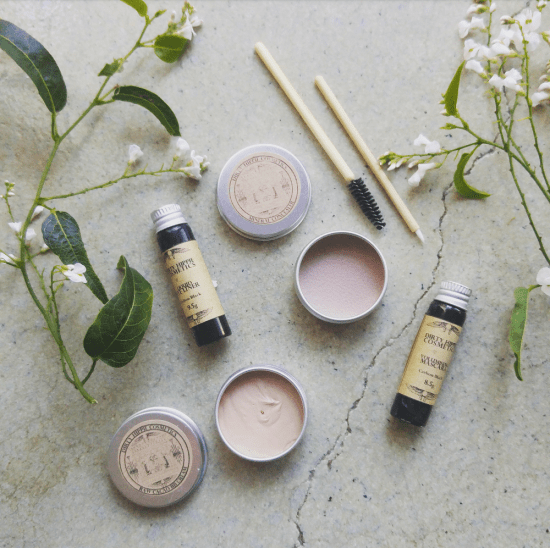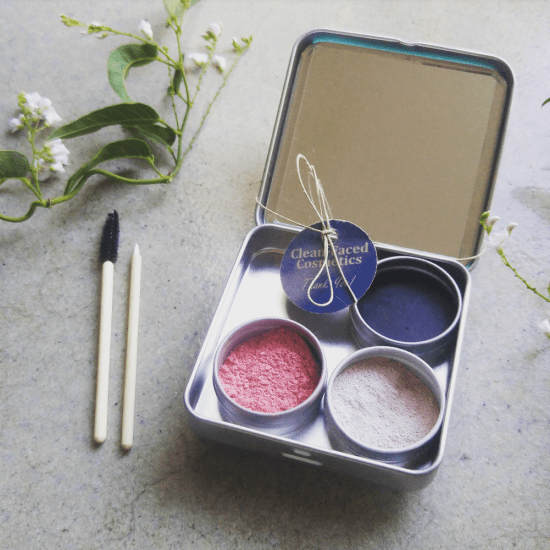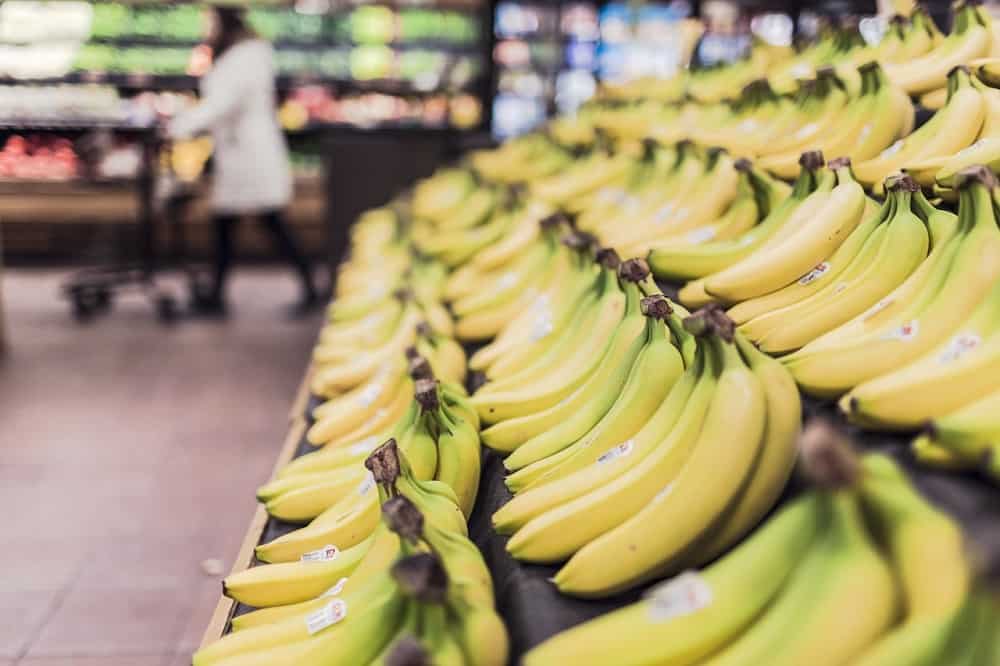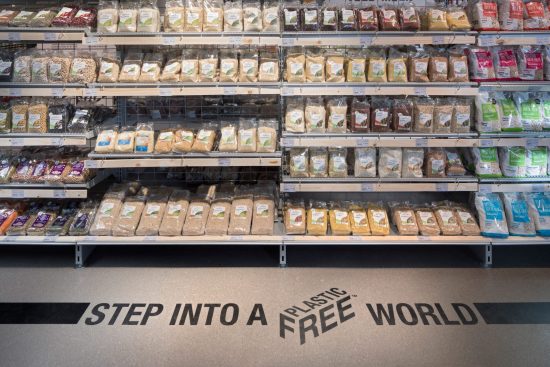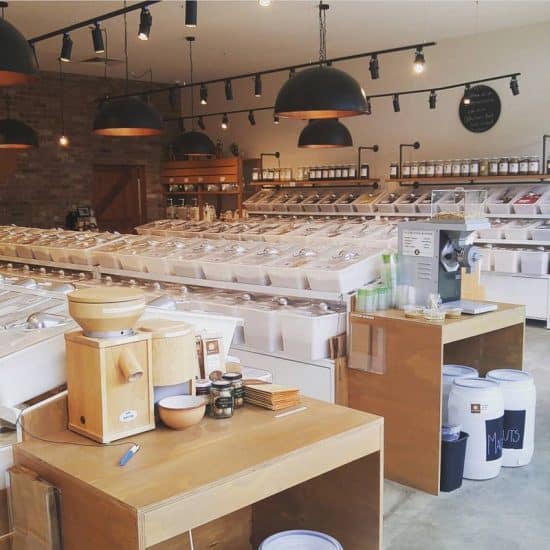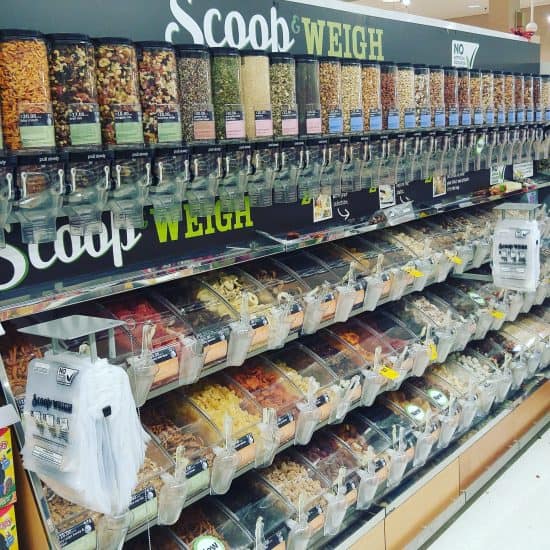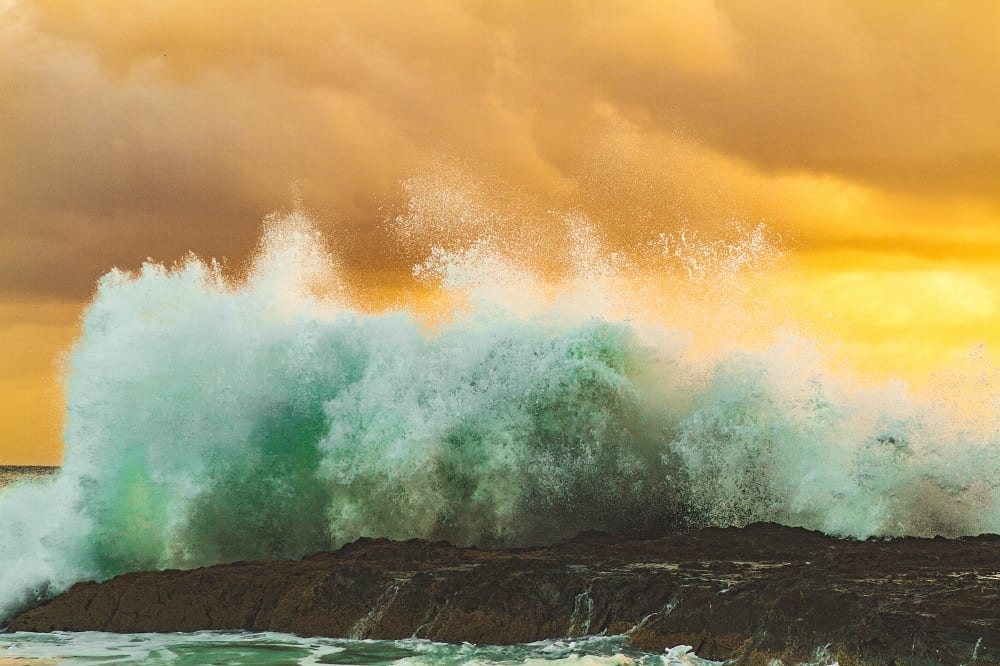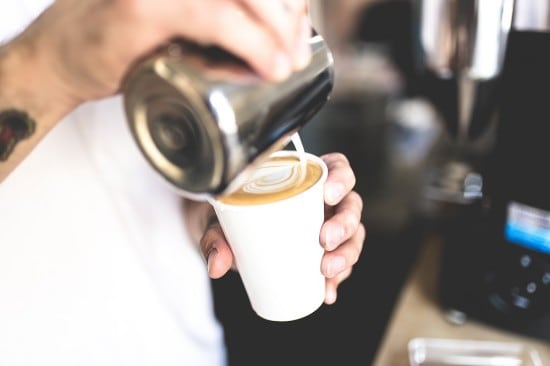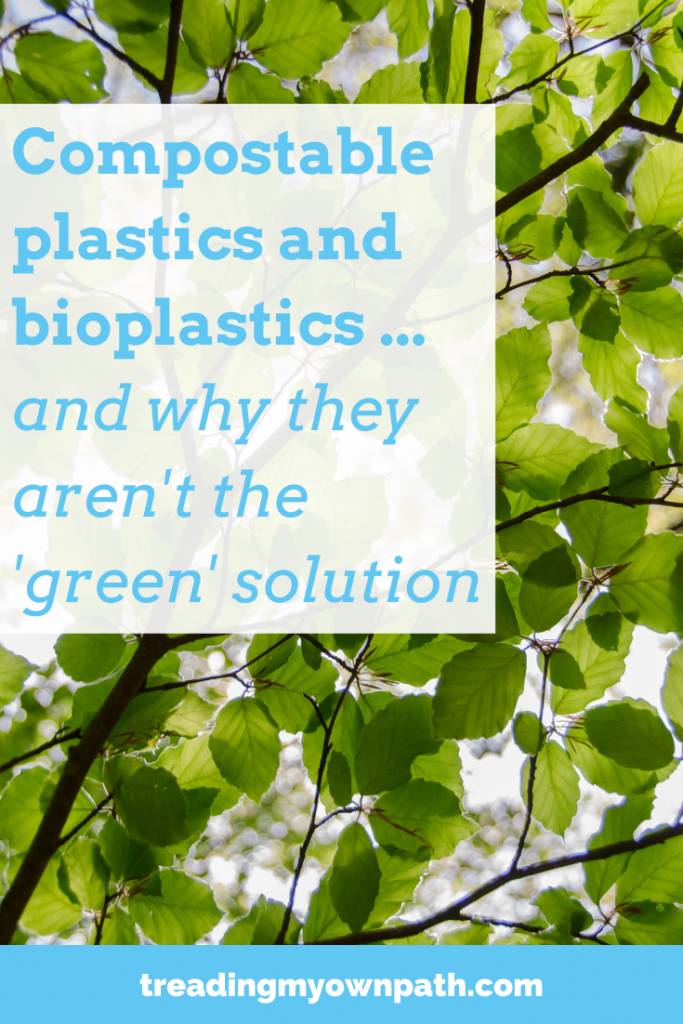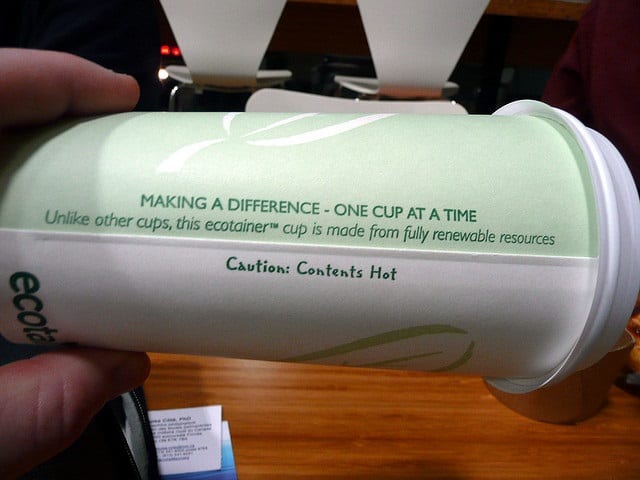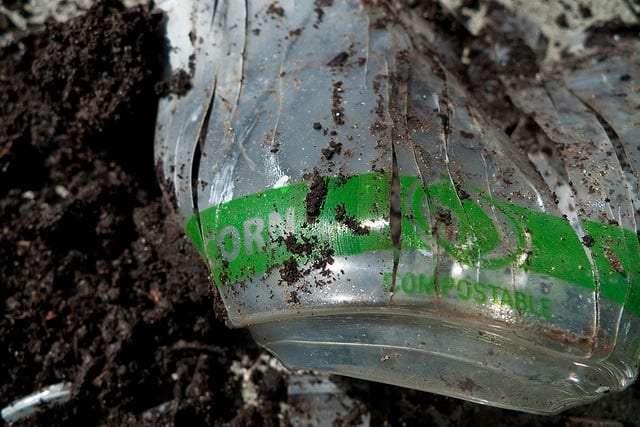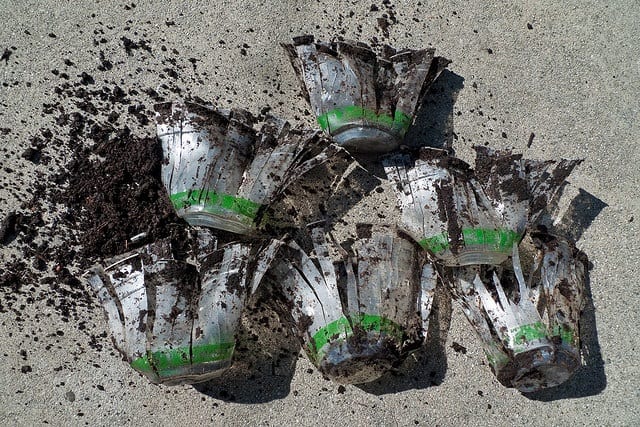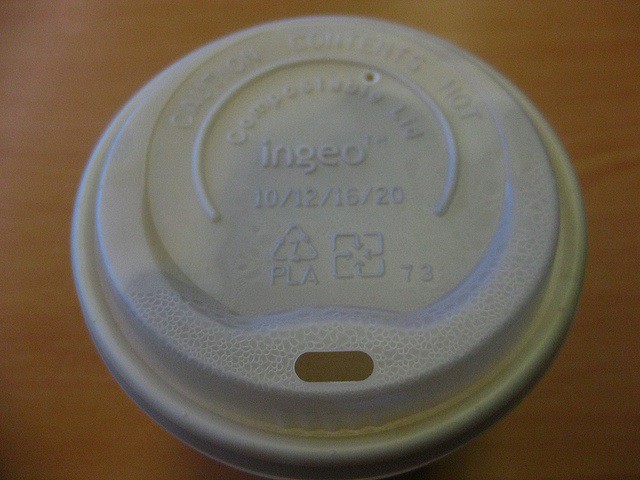Zero Waste and Plastic-Free Make-Up Options
I’ve never been a big wearer of make-up, and when I went plastic-free back in 2012 I decided it was easier to simply skip the make-up altogether. Six years later and make-up is something I’m beginning to explore again, for a couple of reasons.
The first: people often ask me what the zero waste make-up options are, and I like to be informed about the answers! Second: whilst I don’t think make-up will ever be something I fully embrace, as I get older maybe I can appreciate what it offers a little more.
I always remember in a teen magazine I read, it said: “blusher is for making you look like you’ve had a good night’s sleep when you haven’t.” Colouring my cheeks in, I’m open to that. And in serious need of that, on occasion!
I thought I’d share some of the solutions I’ve come across so far. I’m no expert, but hopefully you’ll be able to share your own experiences too and we can put together a useful resource!
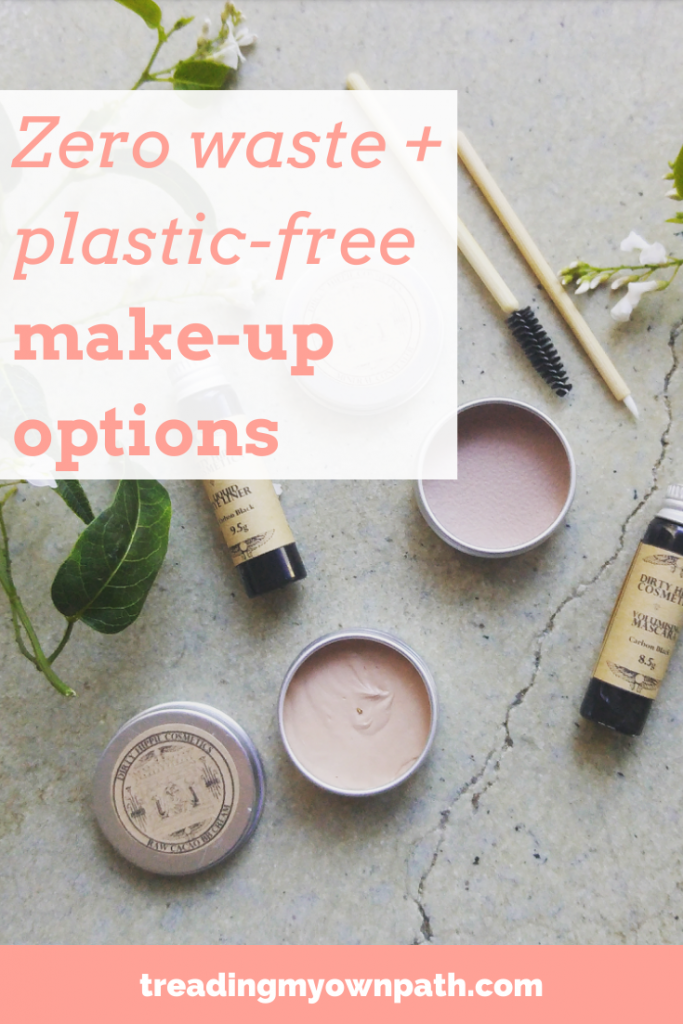
The DIY Zero Waste Beauty Approach
I tried to make activated charcoal by burning almonds once in order to make eyeliner, and I made a huge mess and swore never again. Fortunately now it is possible to buy ingredients like activated charcoal from bulk stores (I know The Source Bulk Foods has it). Other ingredients I’ve seen used in DIY beauty products that are available in the bulk store include cocoa powder, beetroot powder and maca powder.
For me, I just don’t use enough and I’m just not interested enough to get experimenting with these things. If you are, the bulk store is a great starting point.
The one DIY-type thing I have done is used Australian pink clay as blusher. I tend to apply after I’ve moisturised as it’s easier to rub in, and I apply with my fingers.
The Done-For-You Plastic Free Beauty Options
Fortunately there are individuals passionate about creating cruelty-free, plastic-free beauty products, so if the DIY approach is not your thing either, it is possible to buy ready-made options.
Dirty Hippie Cosmetics
Dirty Hippie Cosmetics is based in Canberra, ACT. Danni (the owner) set up her business after giving up plastic and realising the only plastic products she was buying were make-up products. Not being able to find alternatives, in 2012 she started her zero waste business and sells eye and face make-up, as well as skin care, body care and man care products.
All the packaging is glass, aluminium and compostable cardboard, and the products are sent without plastic packaging. It’s possible to request products without stickers. (I asked for stickers for the purposes of taking photographs!)
The products I’ve used are the black mascara and eyeliner (which come with optional bamboo applicators), a tinted moisturiser and a concealer.
Dirty Hippie Cosmetics sell their products via Etsy and in eco stores. If you’re in Perth, the Raw Kitchen in Fremantle is a stockist.
Website: Dirty Hippie Cosmetics
Clean-Faced Cosmetics
Clean-Faced Cosmetics is a US business based in Michigan, and Laura has been selling products on Etsy since 2014. She has a penchant for fun colour and has lots of interesting shades of eyeshadow and mascara. There’s even a gold mascara! No, I didn’t buy that one.
Most of the products come in reusable recyclable aluminium tins. The website has some products in glass with plastic lids also.
There’s the option to ask for no applicators and no stickers on the packaging, and the products are all sent plastic-free.
(I purchased some products from this store because I wanted to talk about them on my blog because many of my readers are American. From a eco footprint perspective, it’s always better to choose the most local option. If you’re in the US this may be it! For me, it isn’t.)
Website: Clean Faced Cosmetics
Luna Beauty (Not Longer Trading)
Whilst I was in the UK I ordered a mascara and blusher from Luna Beauty, but by the time I got round to writing this post, Elisha had decided to close the business to concentrate on her other job. I don’t know whether she will re-open in future, but currently there’s a UK-shaped hole in my listings, so I’d love to hear from anyone who knows another great business.
…
I’m no make-up expert, but I’m heartened to know that there are people creating zero waste and plastic-free make-up options. When it comes to waste there’s always multiple solutions. Being make-up free might work for me but it doesn’t suit everyone, and it’s great to have a choice.
Now I’d love to hear from you! Are you a fan of make-up, or do you prefer the natural approach? Has that changed since you started learning more about waste? Do you know any great DIY make-up recipes? Do you know any waste-free brands selling eco-friendly products? Anything else you’d like to add? Please share your thoughts in the comments below!
[leadpages_leadbox leadbox_id=1429a0746639c5] [/leadpages_leadbox]


